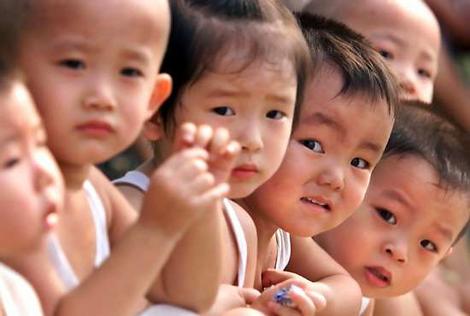
China has a huge population, with millions of educated physicians and researchers, and is home to more children than any other country in the world except India. One could reasonably assume, then, that China statistics figure prominently among global estimates about the number and causes of deaths in children.
Historically, however, high-quality reports from China have been largely absent from this data. As a result, projections about the causes and number of deaths among children in China by the World Health Organization and UNICEF were really little more than shots in the dark. The resulting global estimates, which included China with other countries, were then equally suspect.
Last week, however, that changed when Igor Rudan, Harry Campbell and their Chinese colleagues published a comprehensive review of all the data on the rate and causes of child death in China in The Lancet. The findings were quite revealing.
First, and most importantly, the research team unearthed a veritable treasure trove of high-quality Chinese reports on child deaths and their causes by systematically reviewing Chinese databases that have only recently become available. "We have now learned that health research conducted in China has been of a very high quality," senior author Harry Campbell of the University of Edinburgh reported. He went on to applaud China's efforts to make this high quality data available in electronic formats. In short, China will no longer be a "black box" when it comes to data on child mortality.
The research shows that the leading cause of death in Chinese children was the same as the leading cause of death of children globally: pneumonia. In China, the disease accounts for nearly one-half (47%) of the deaths in infants between ages 1 and 11 months, and about 17% of all deaths in children under age 5 years. Surprisingly, diarrhea was a relatively minor cause of child deaths accounting for only about 3% of the total.
Equally important, the researchers showed important variations in the rate and causes of child death over time. For example, by reducing its child mortality rate from 65 deaths per 1000 in 1990 to 18 deaths per 1000 in 2008, China has already surpassed the year 2015 target for the Millennium Development Goal for child survival.
This overall success at a national level, however, was also shown to mask some ongoing disparities in risk. The risk of mortality was shown to vary over 8-fold by region, and these disparities were particularly obvious when comparing urban and rural areas. In fact, some rural areas had rates of child mortality as high as those found in some African countries.
The findings from this research report illustrate openly what conventional wisdom has suggested for some time. Namely, that China has made tremendous progress in child survival over the past 20-30 years and that Chinese researchers have done an outstanding job of documenting it.
So, what's next for child health in China? Well, for starters, Chinese authorities could continue to improve child survival and health in China by preventing pneumonia deaths through a focused set of interventions laid out by WHO and UNICEF in the Global Action Plan for Pneumonia last year on World Pneumonia Day. By expanding access to quality care and treatment, improving breastfeeding and nutrition, and preventing serious pneumonia through the introduction of vaccines like Hib and pneumococcal conjugates, they can predictably reduce their leading killer of children even further.
Perhaps equally importantly, China could also make an impact beyond its borders. Technical assistance could aid many countries in its region and elsewhere that lack the kind of high-quality data that has been gathered in China. More exploration of the key drivers of the declines in China, including the role of education, economic growth, and other non-health programs, will no doubt provide insights that might help inform policies elsewhere. Lastly, by supporting a new resolution to focus on control and prevention of childhood pneumonia at the World Health Assembly in Geneva next month, the government of China can show the world that it shares a common commitment to addressing a shared problem - pneumonia and child mortality.
